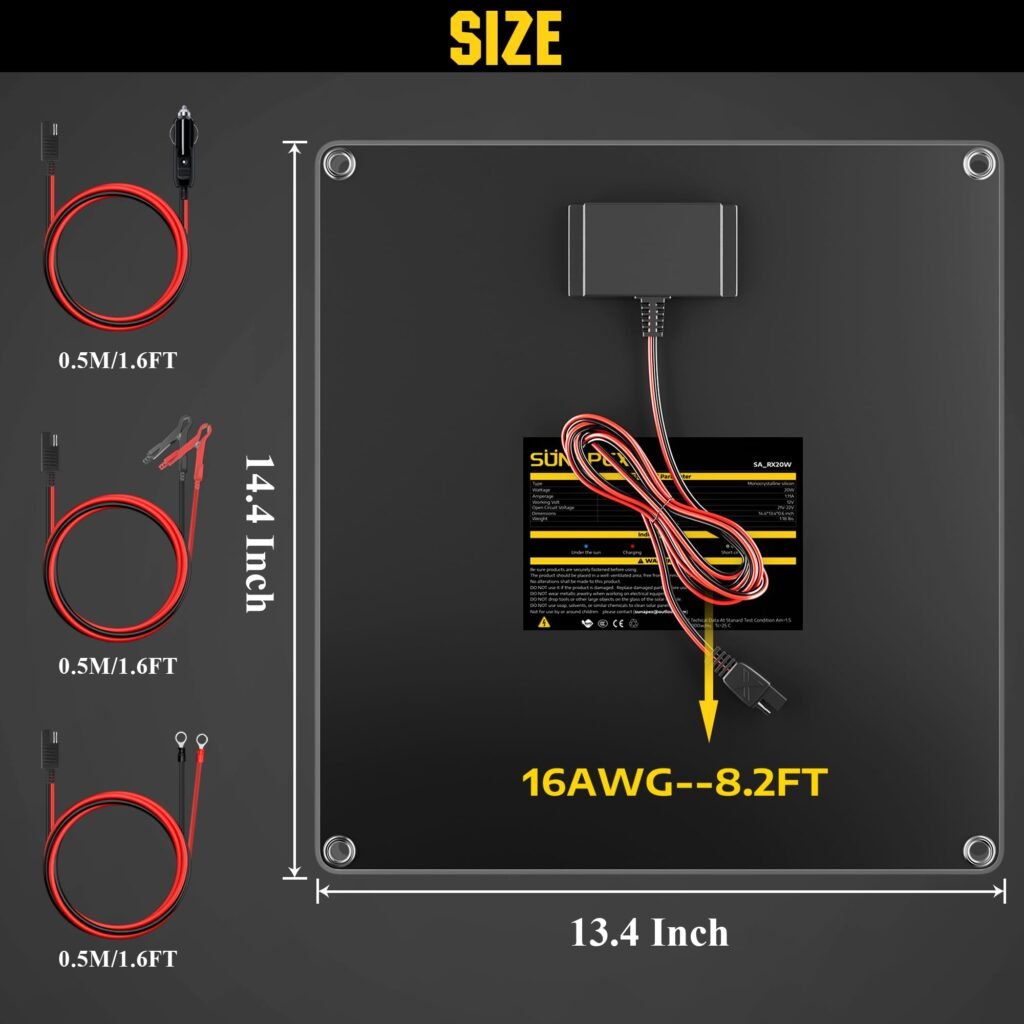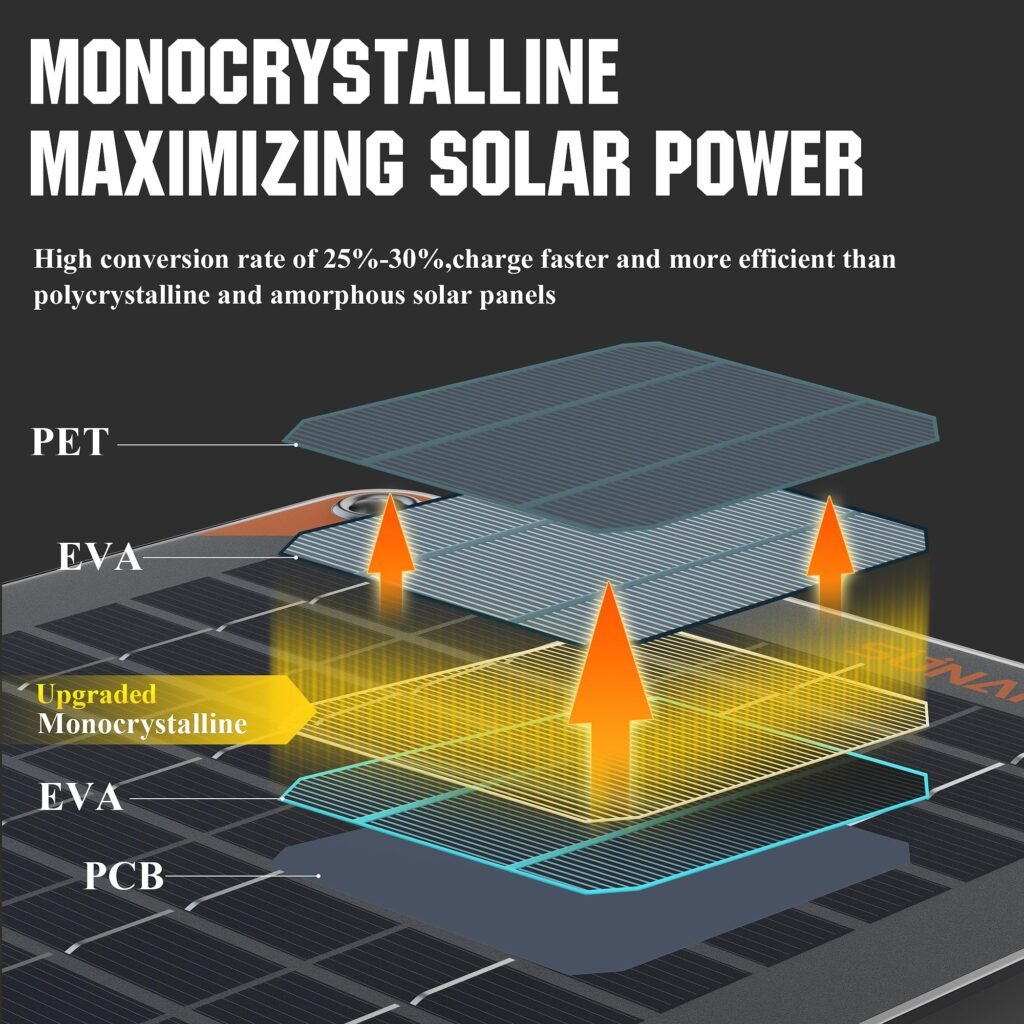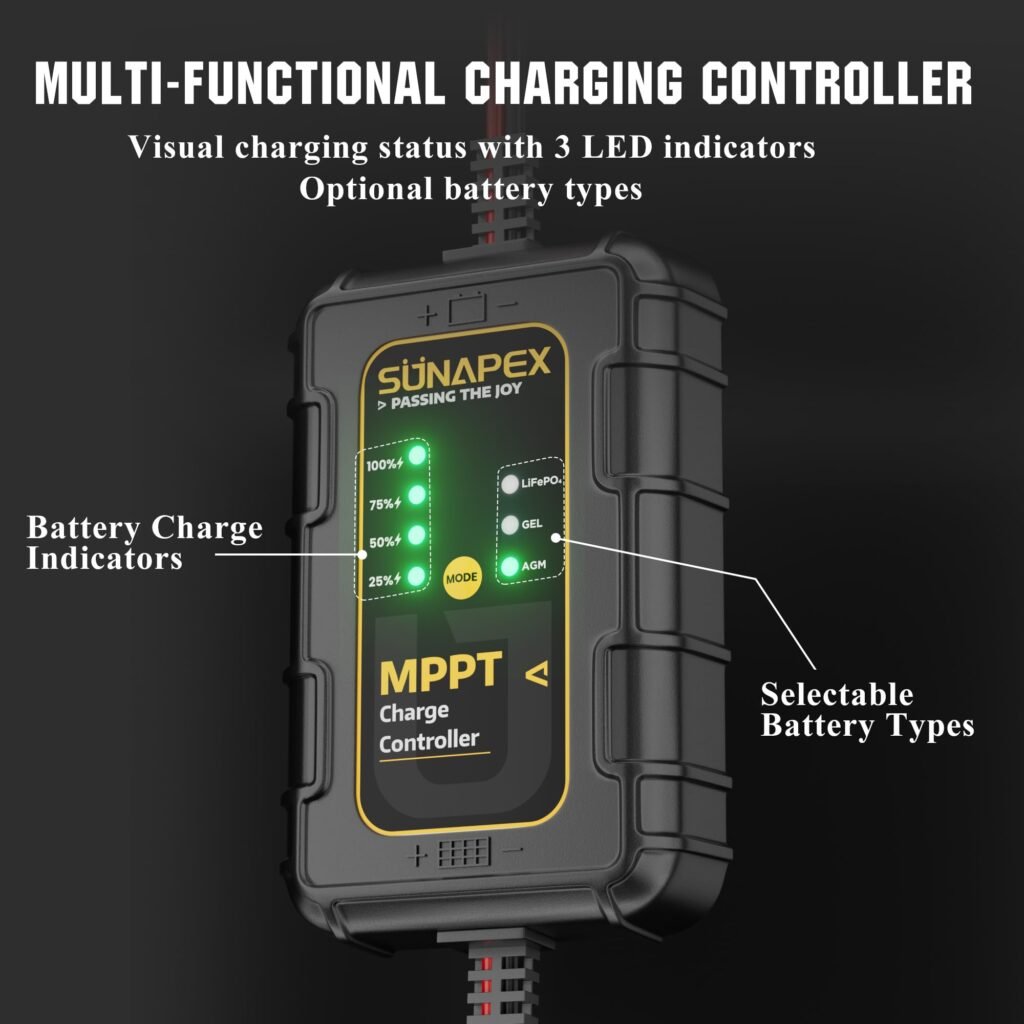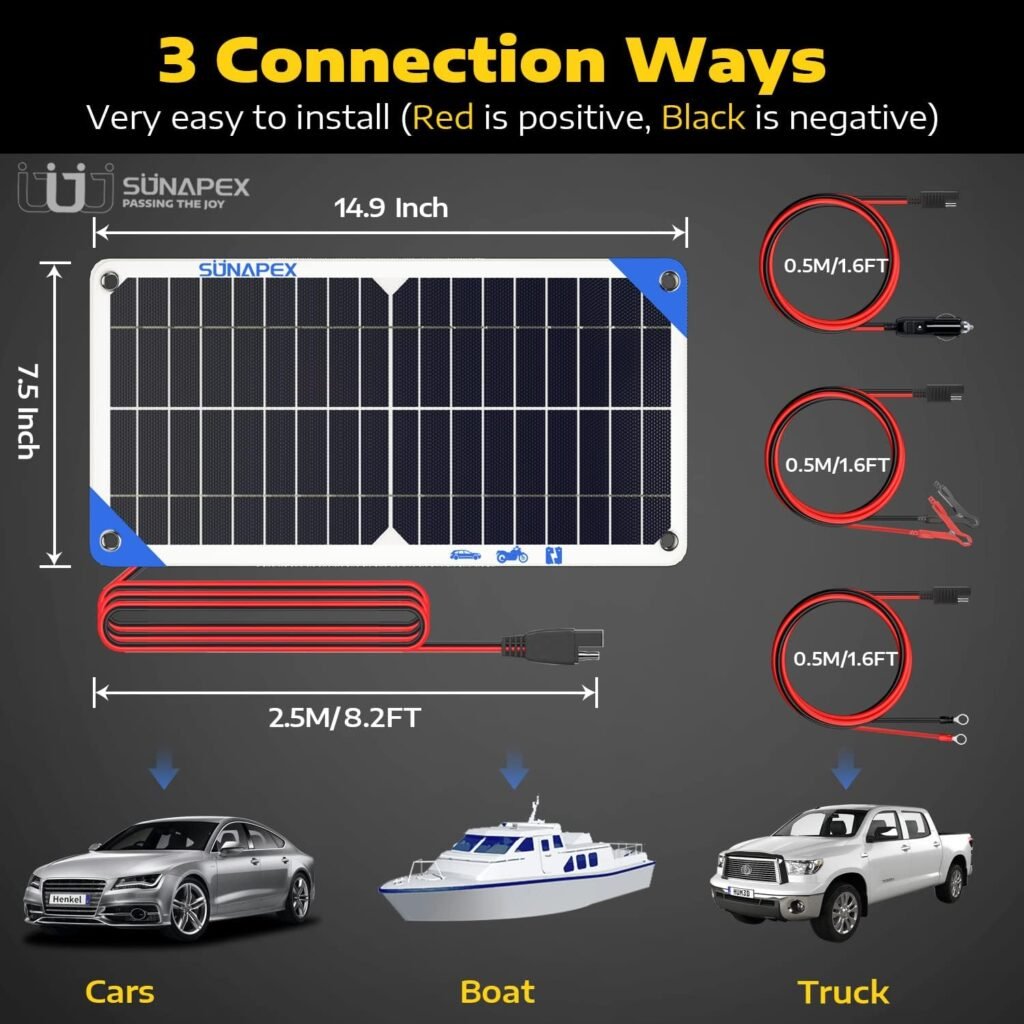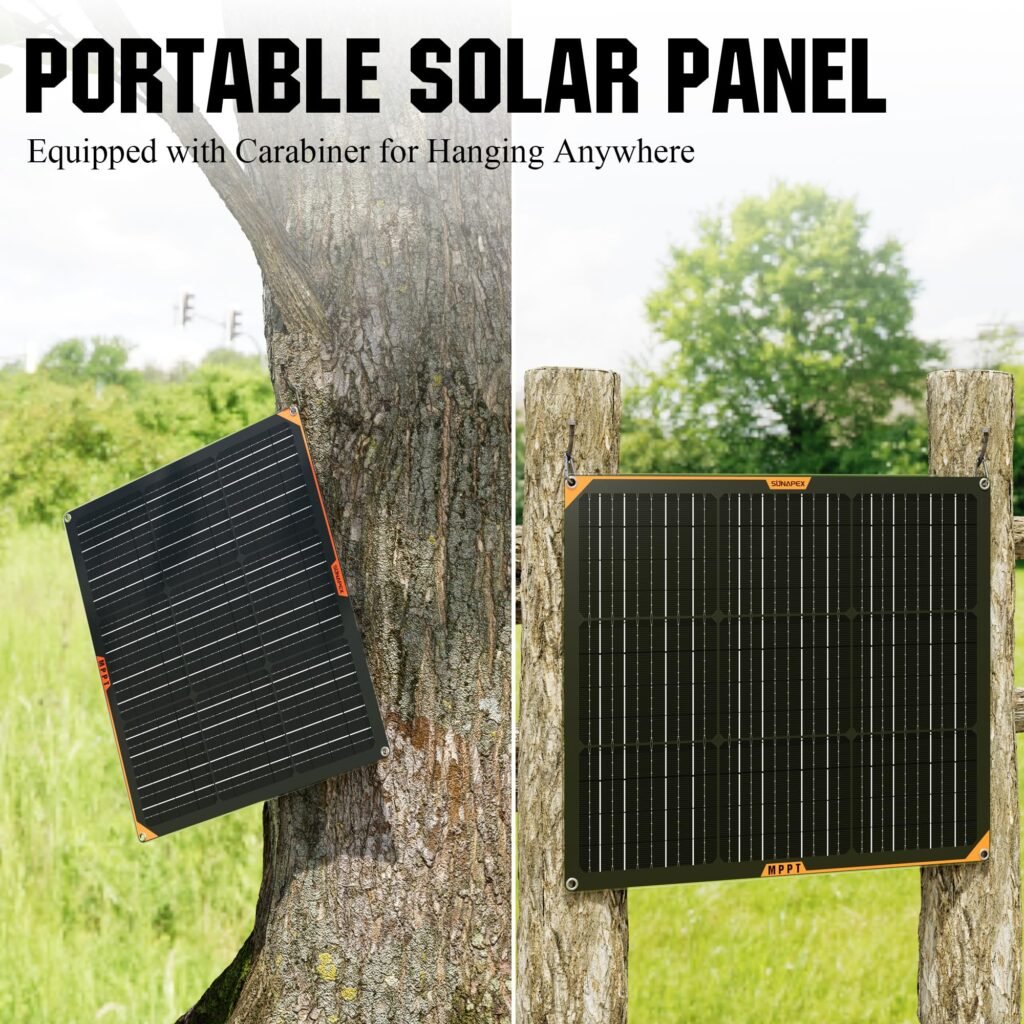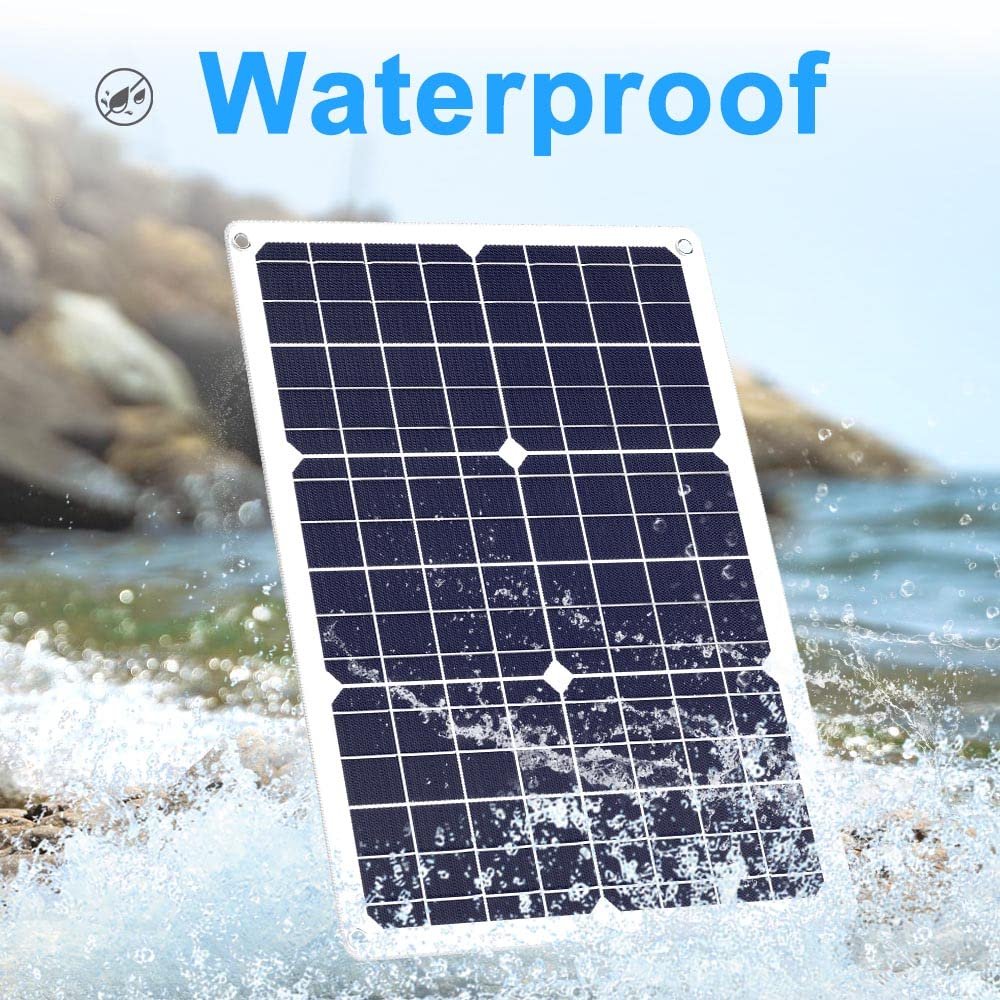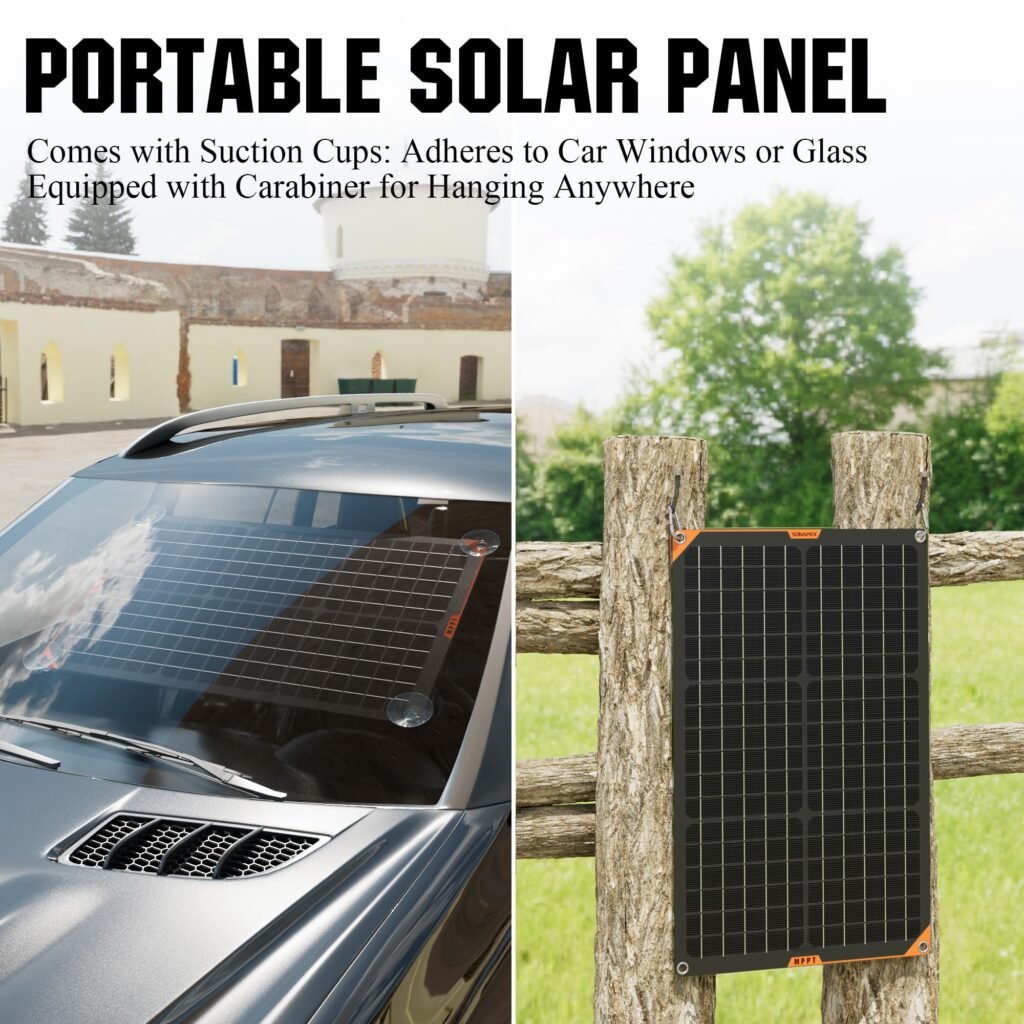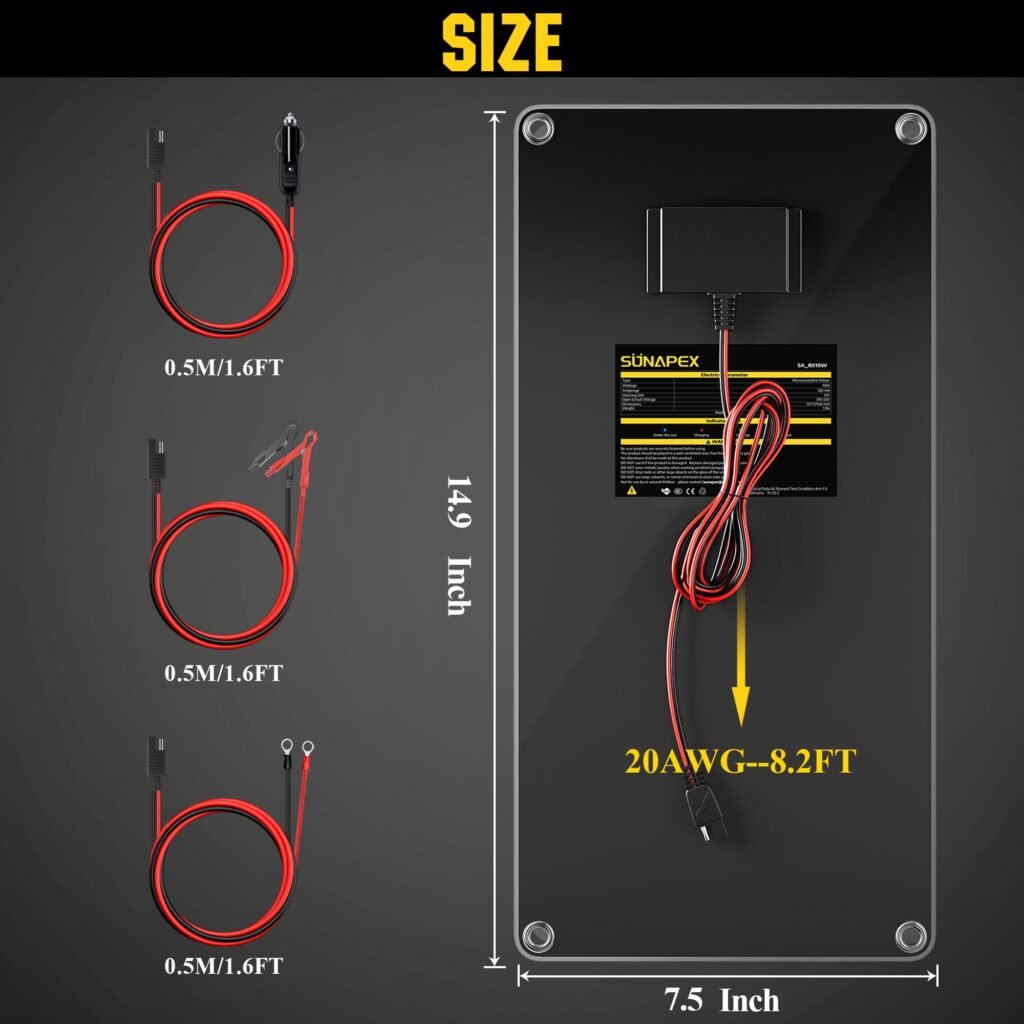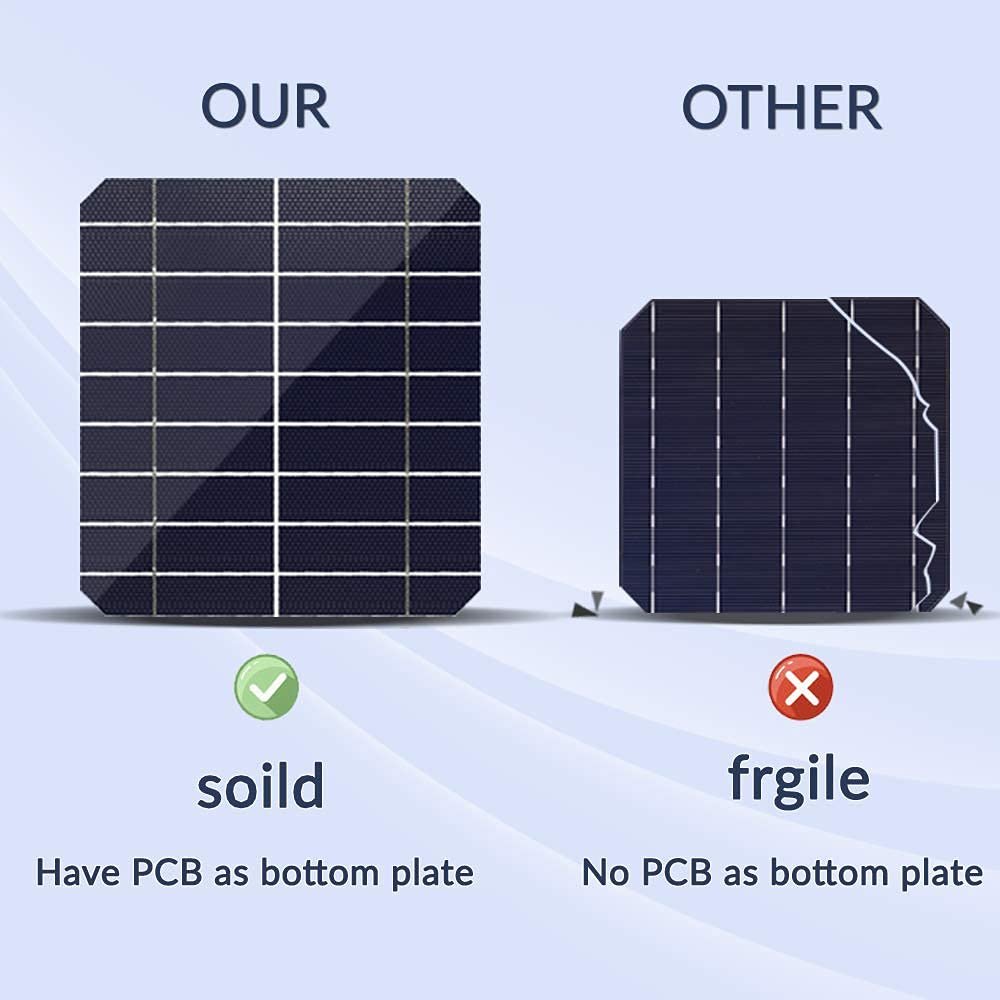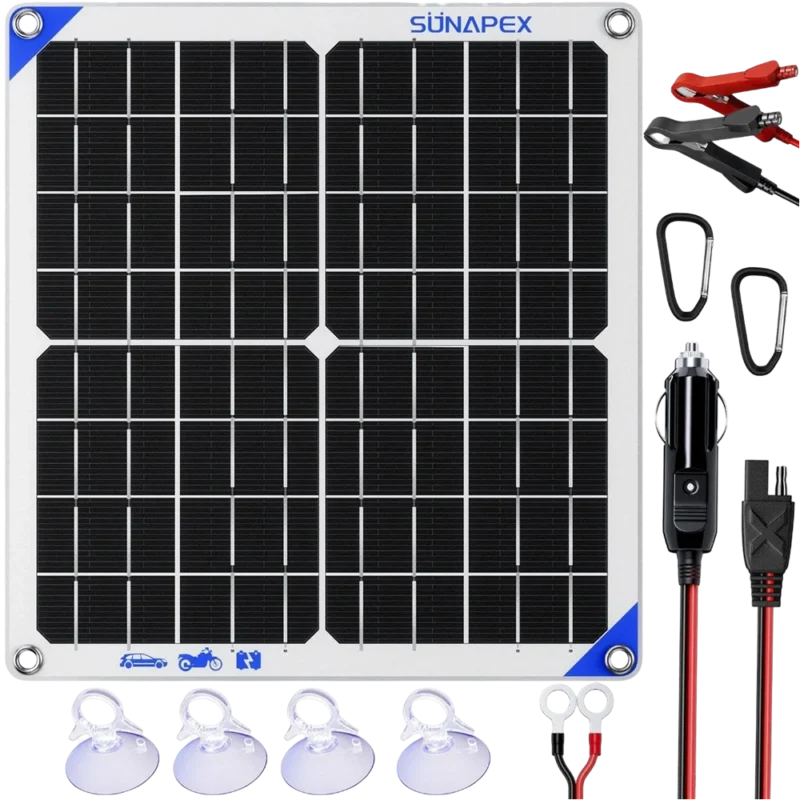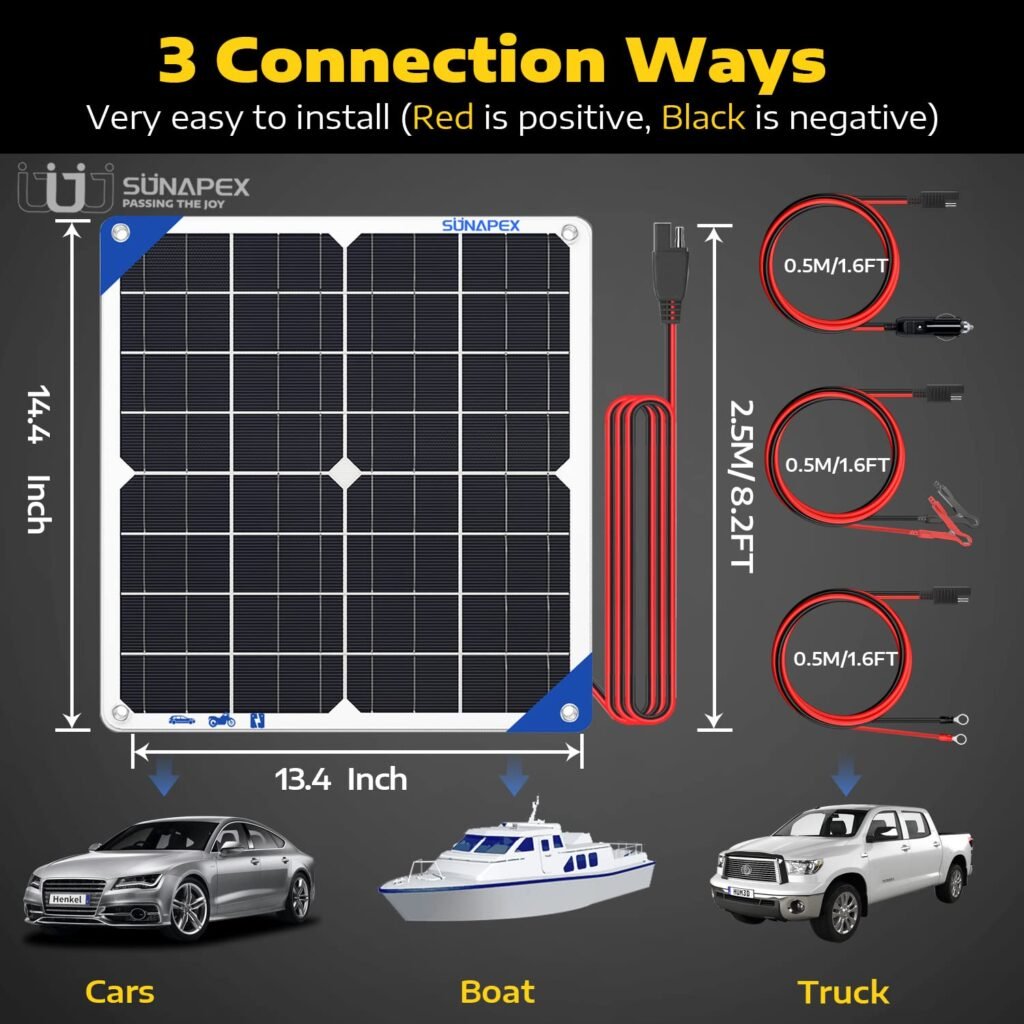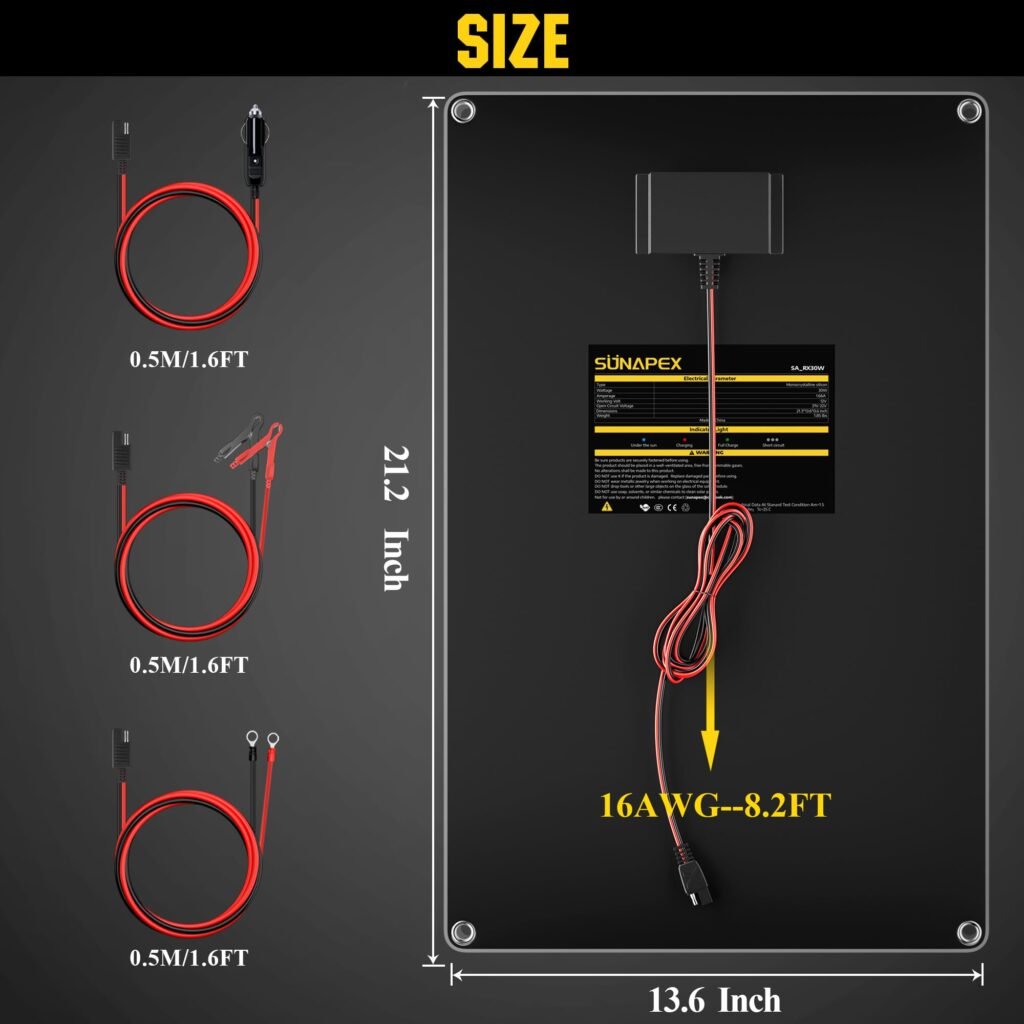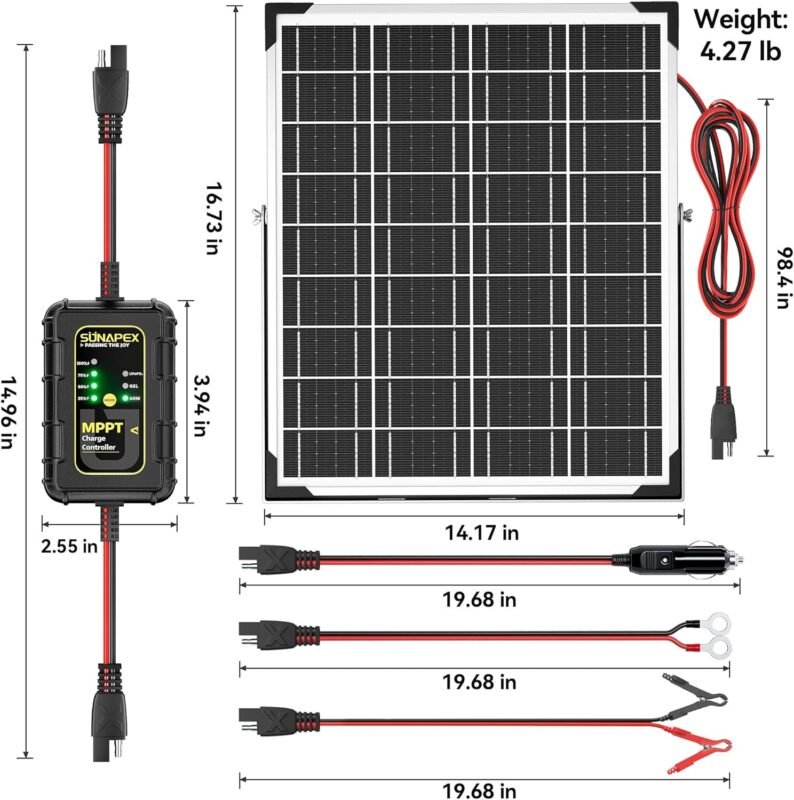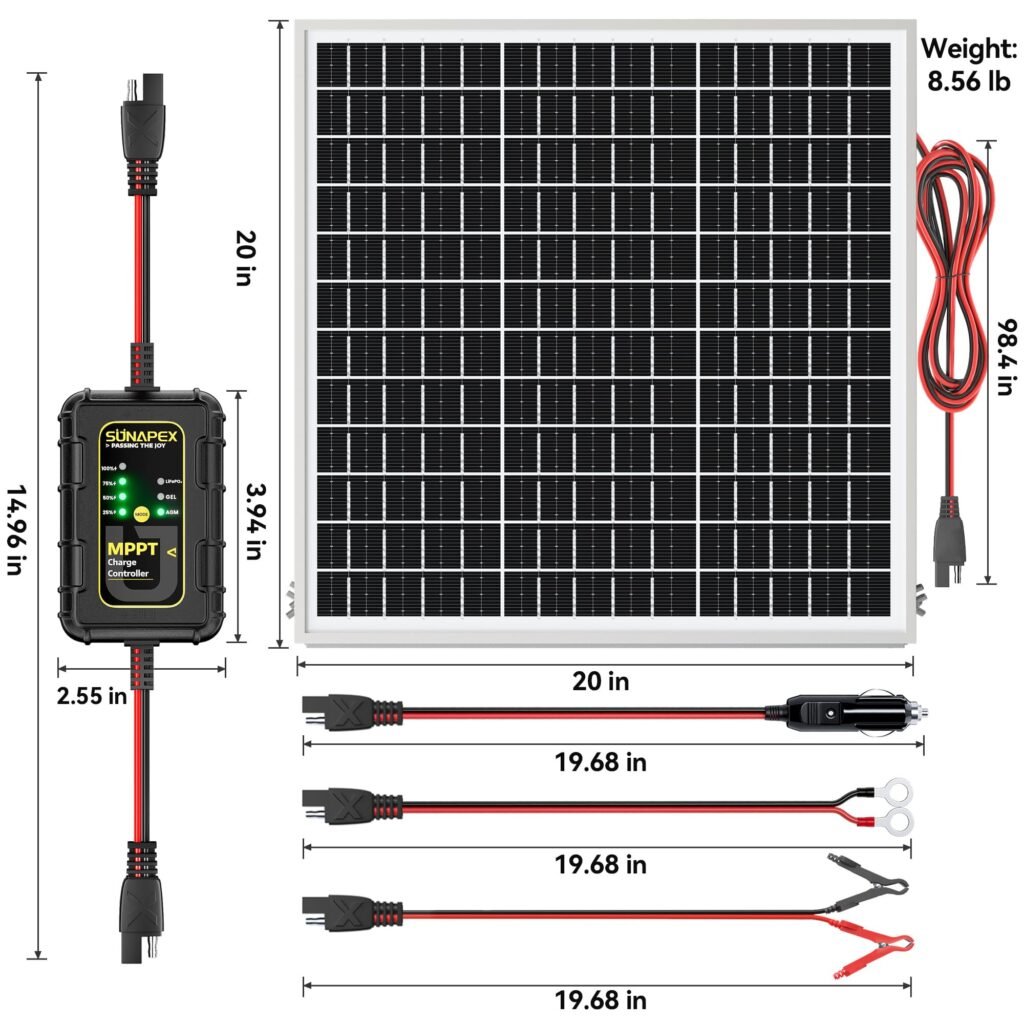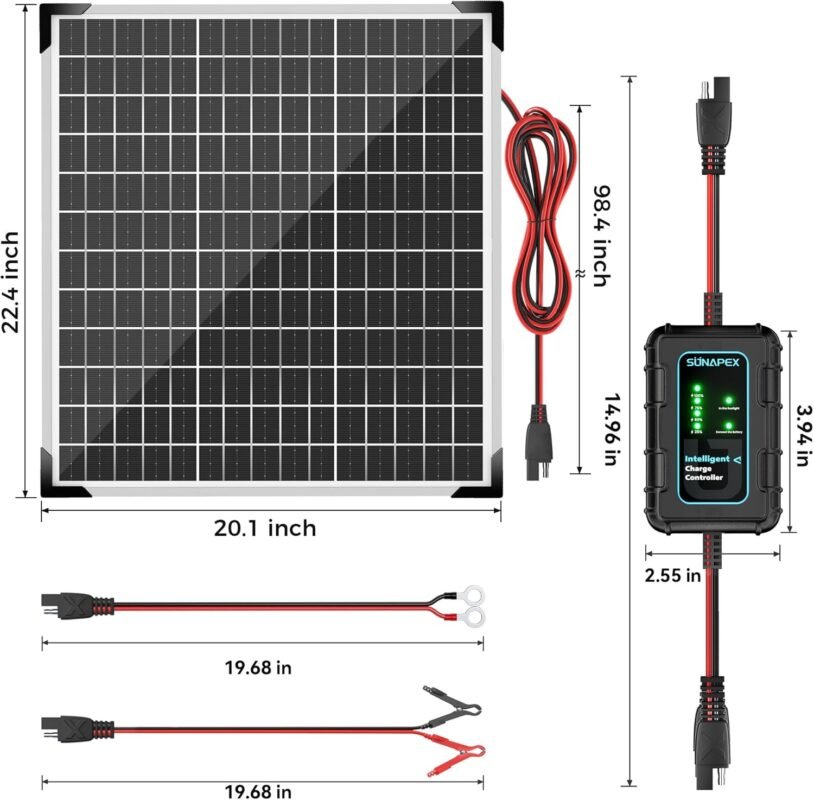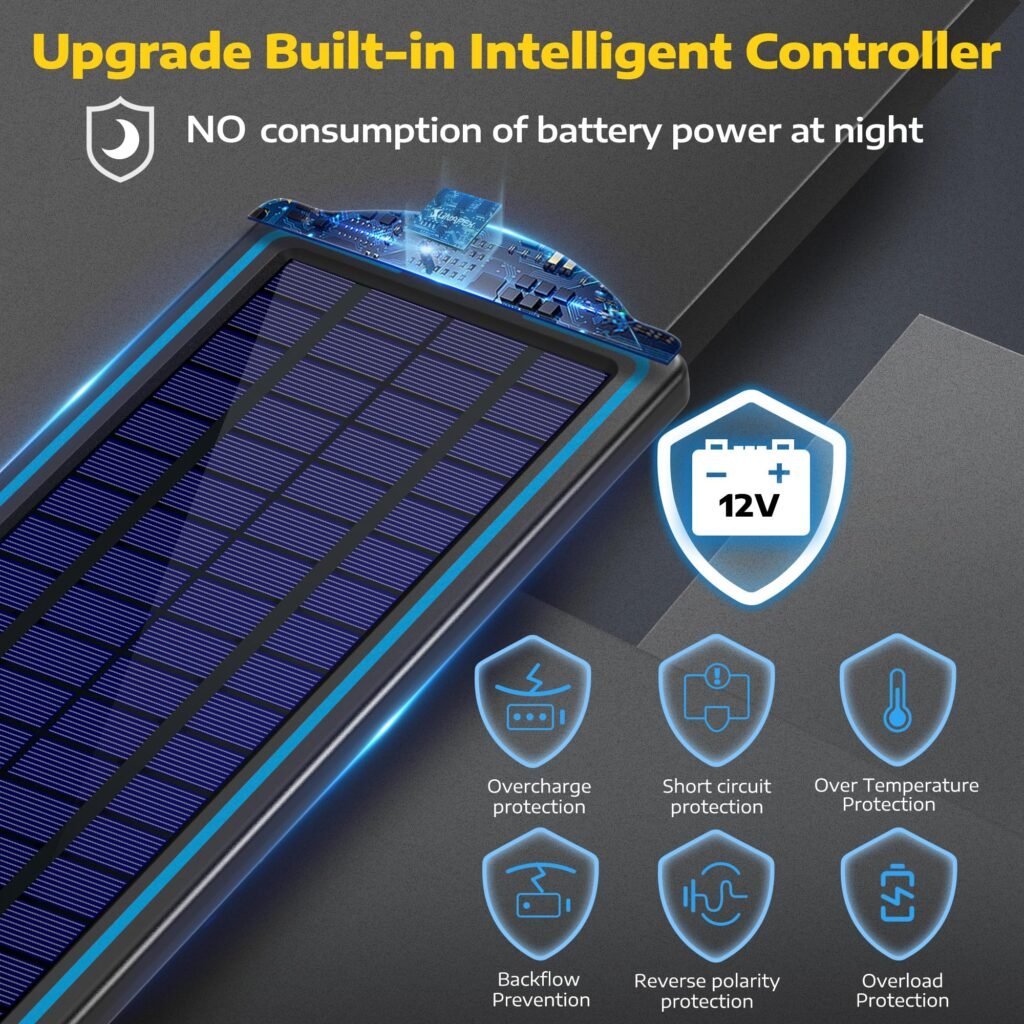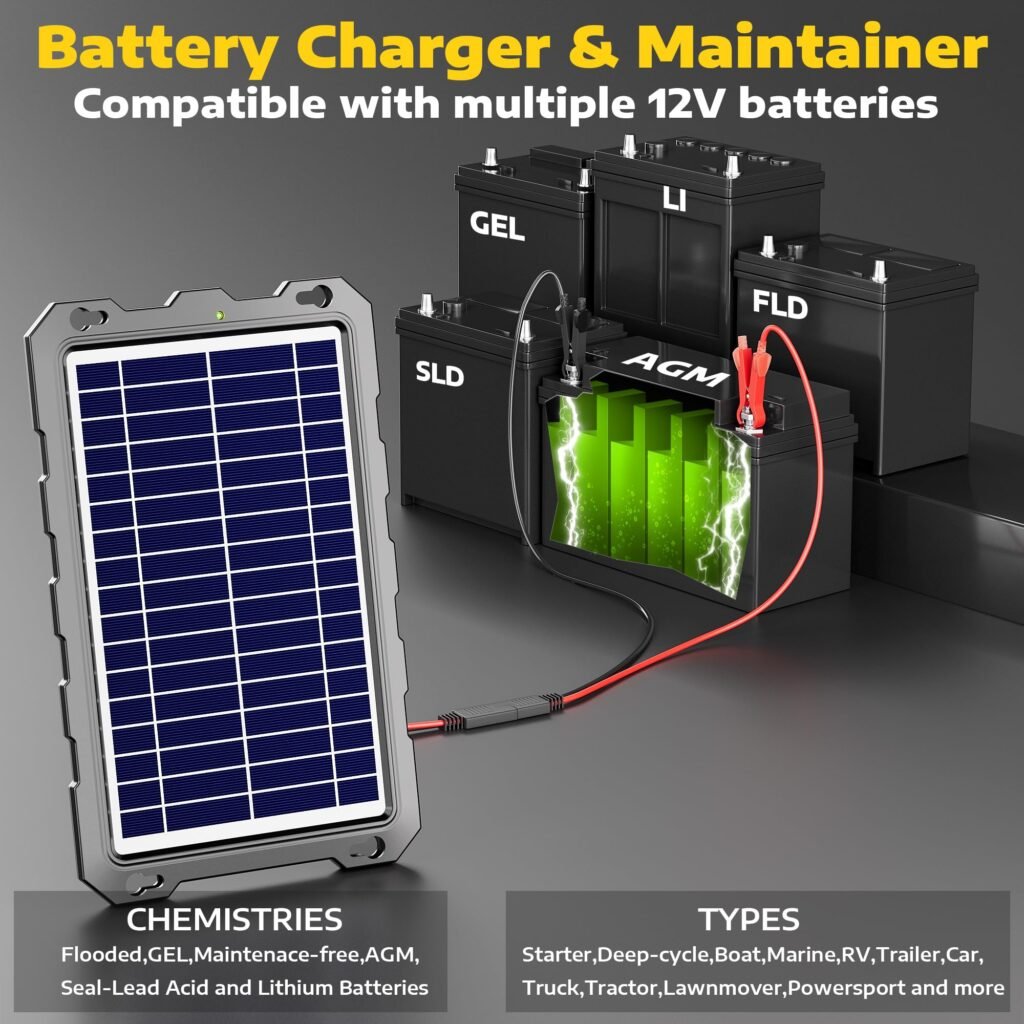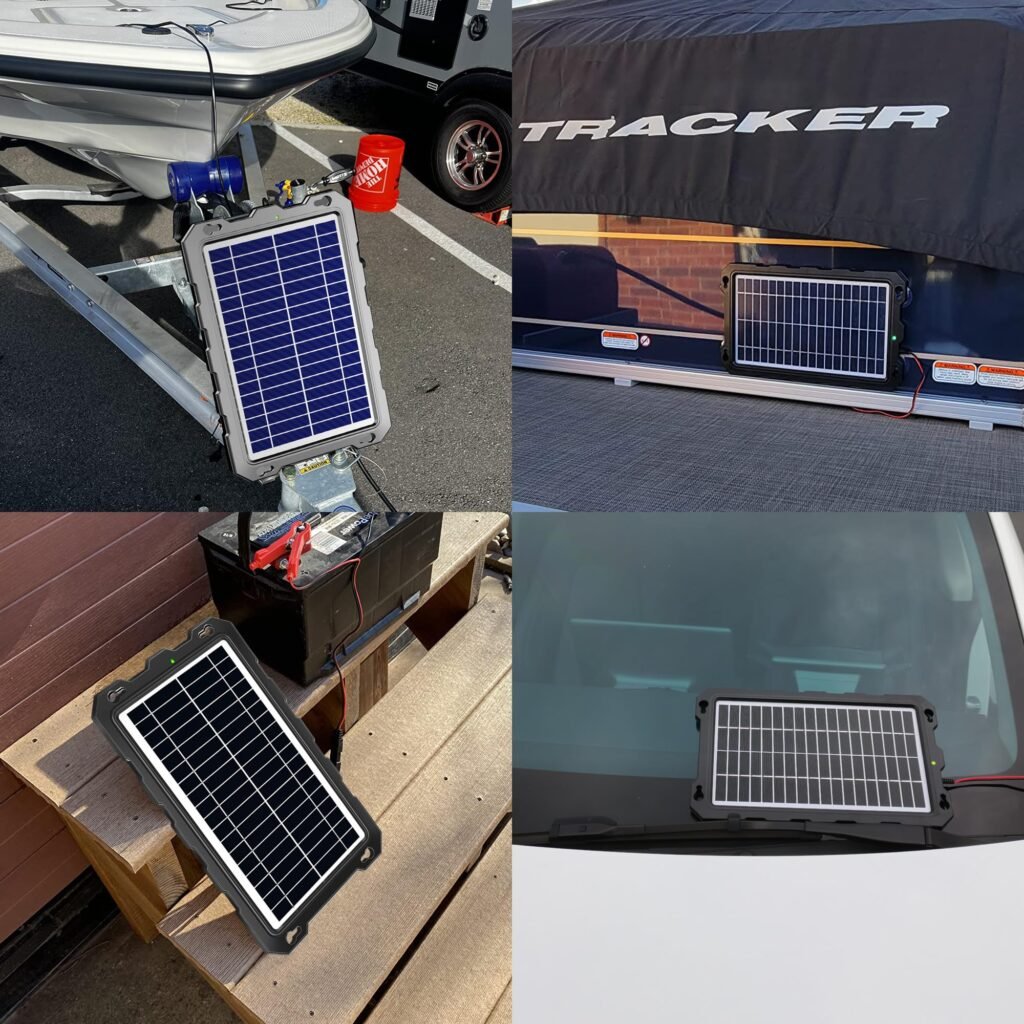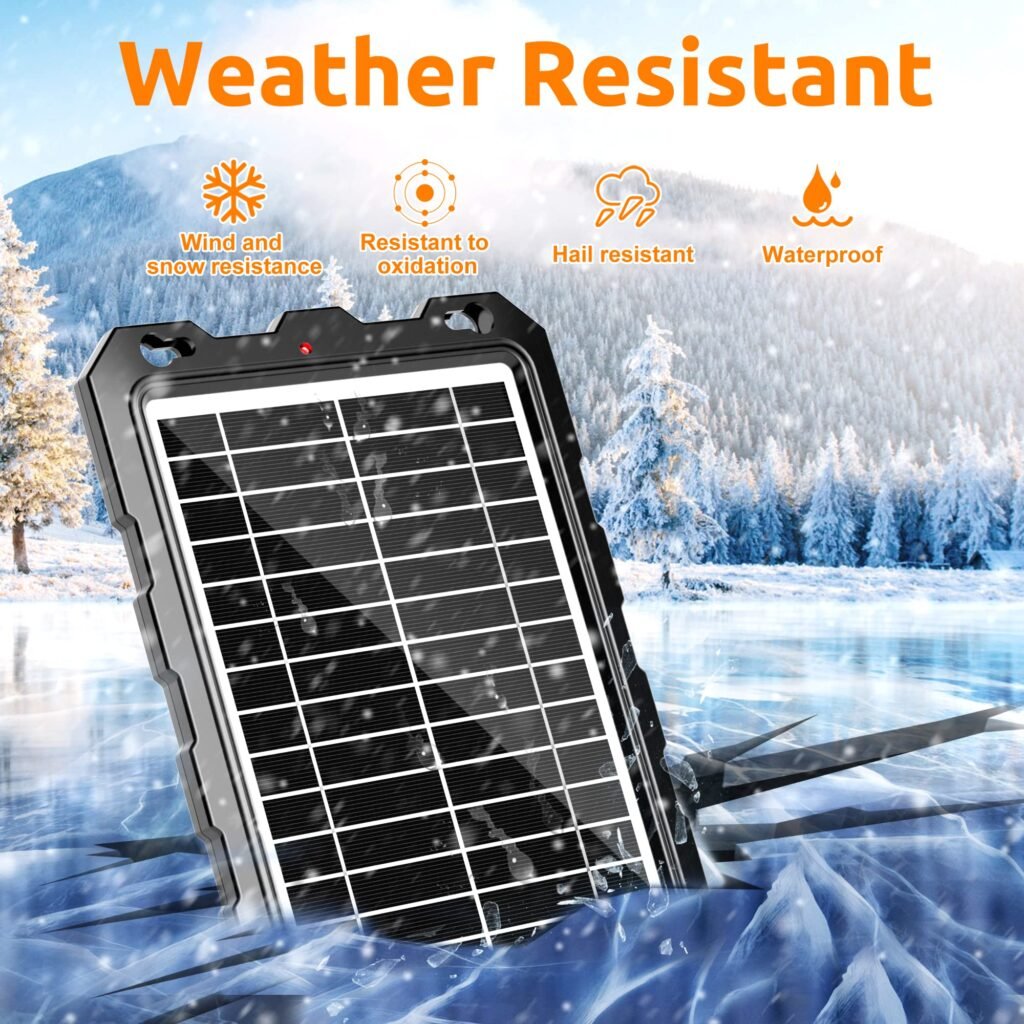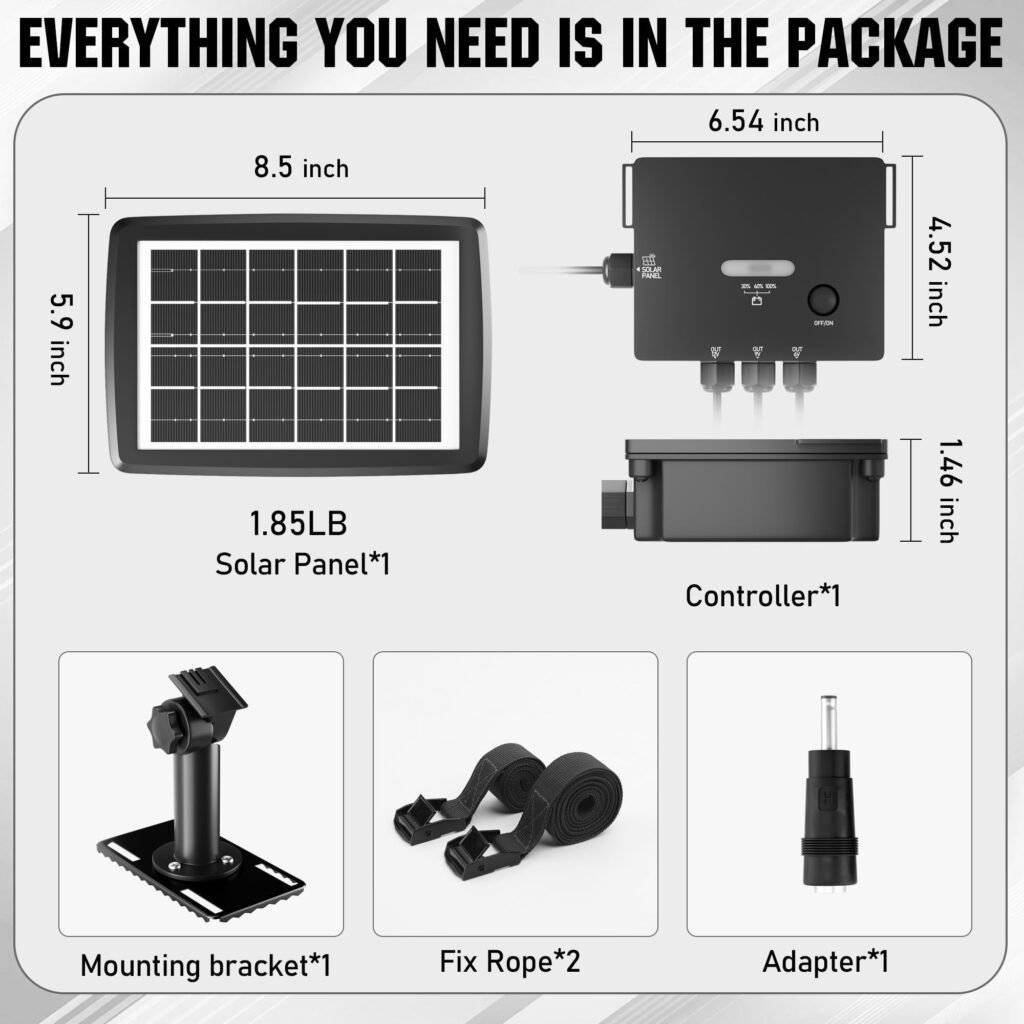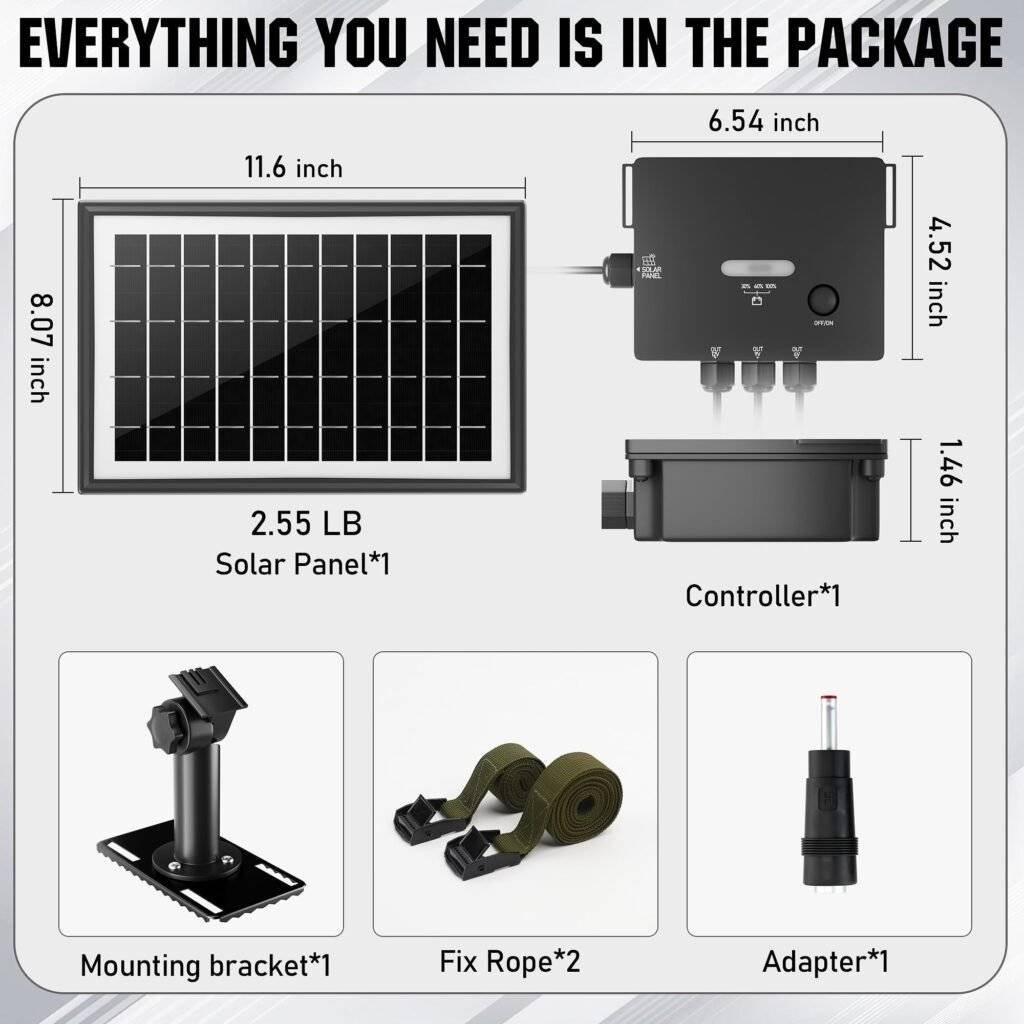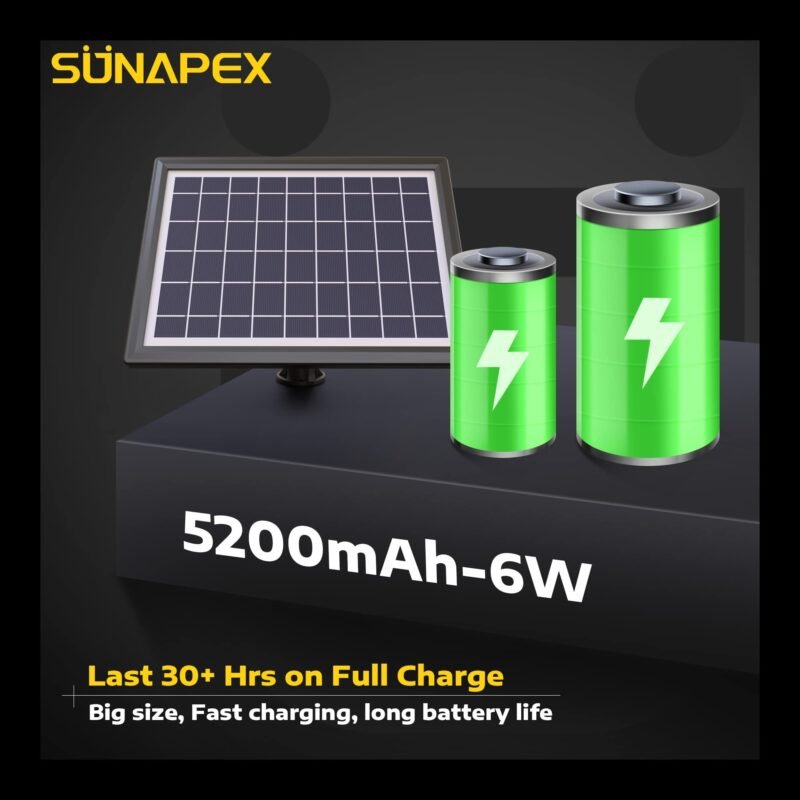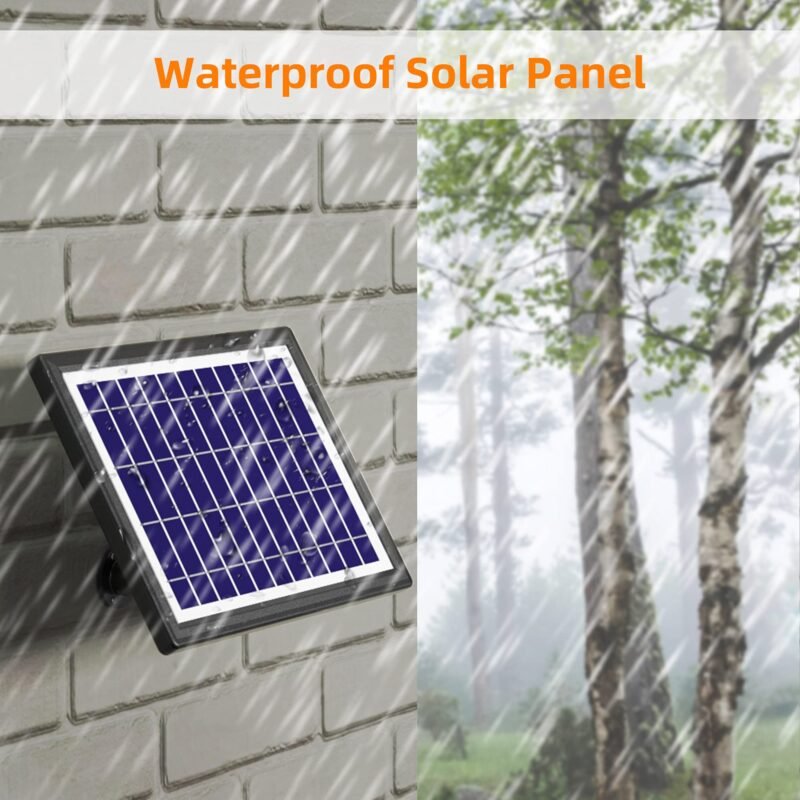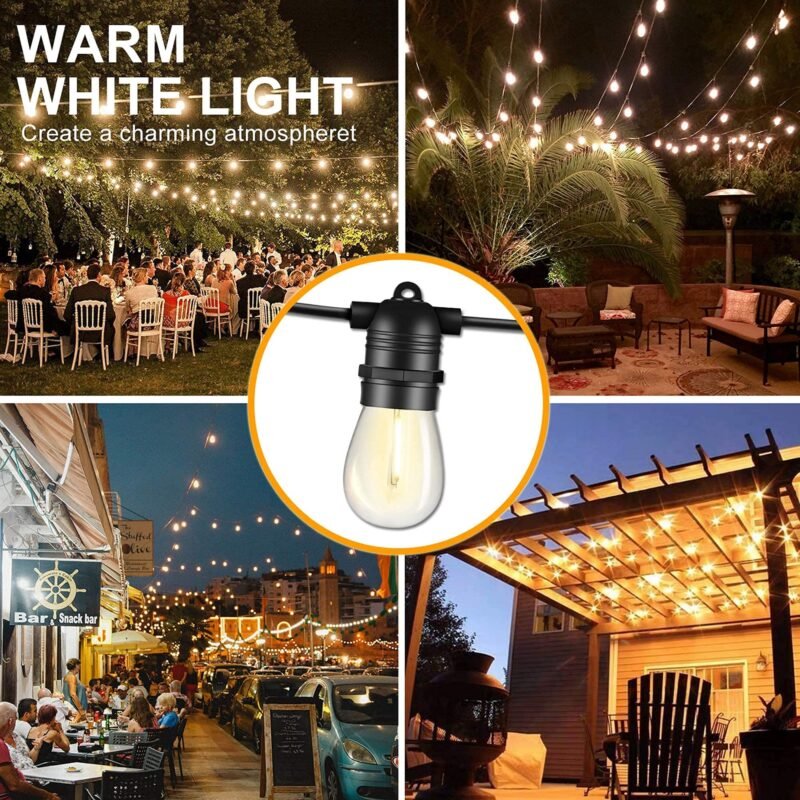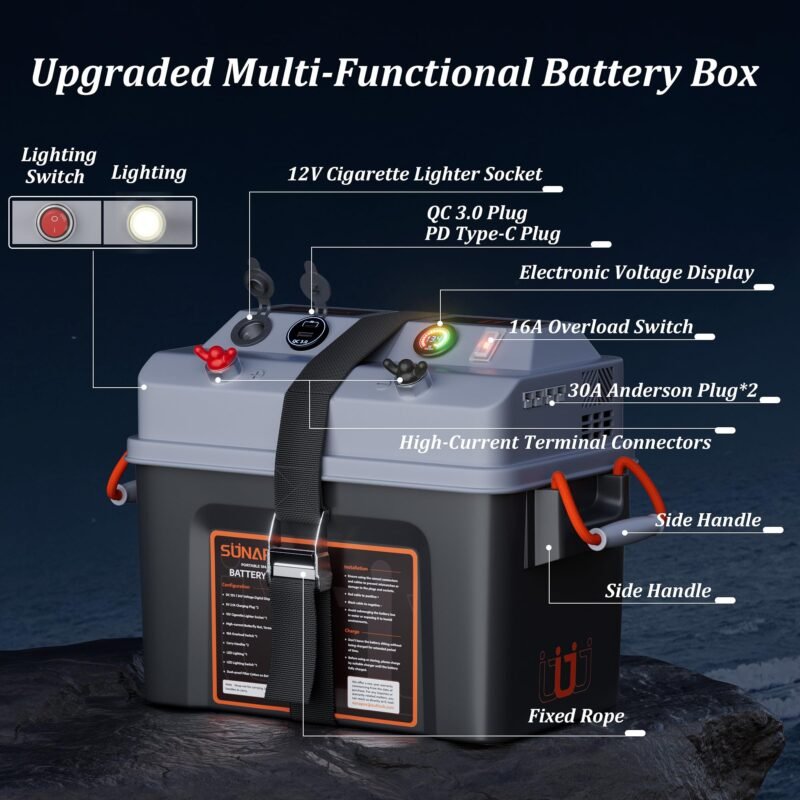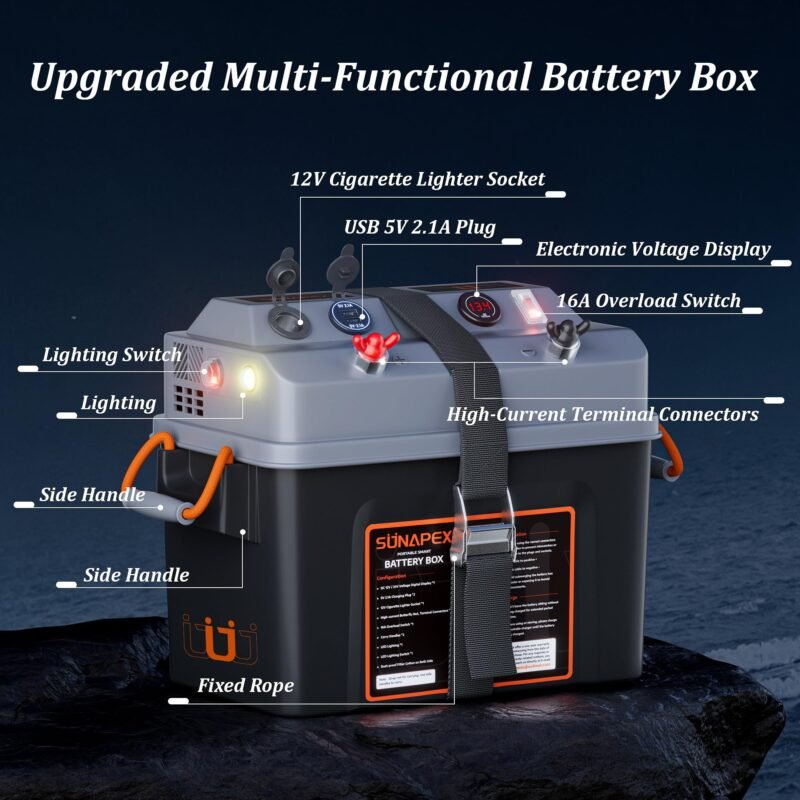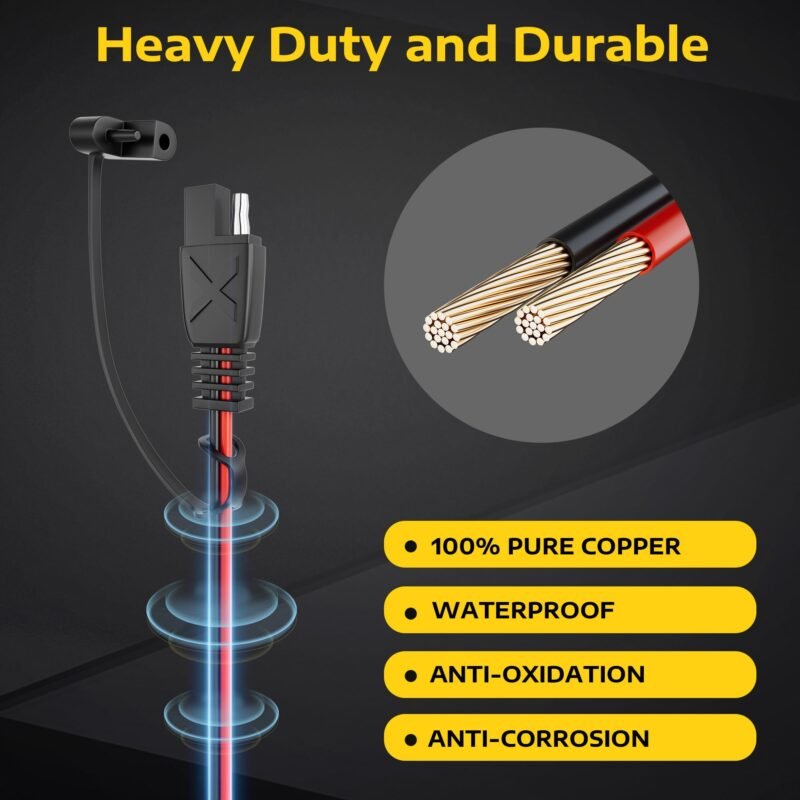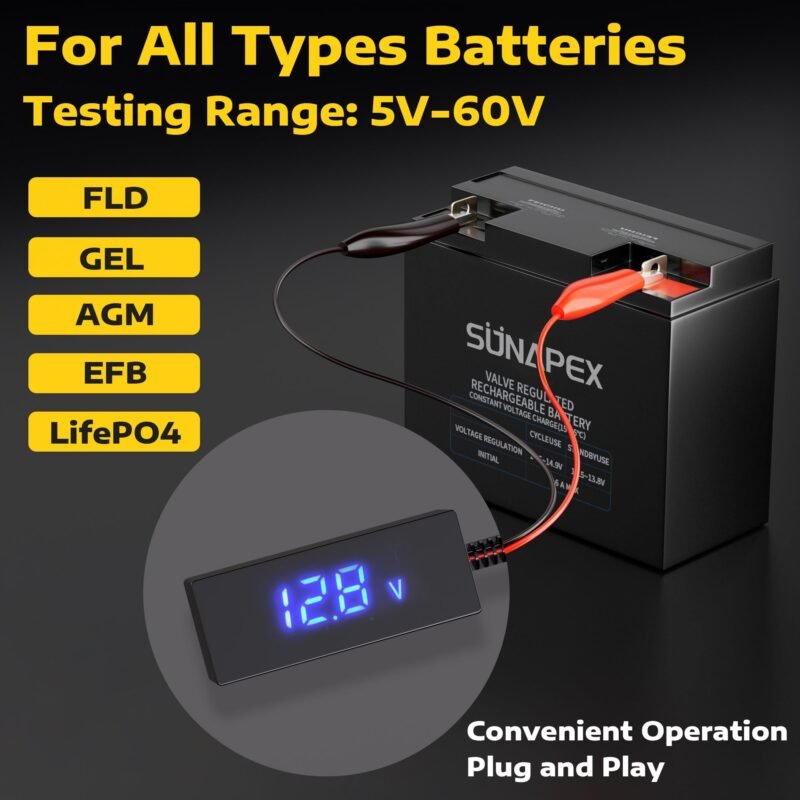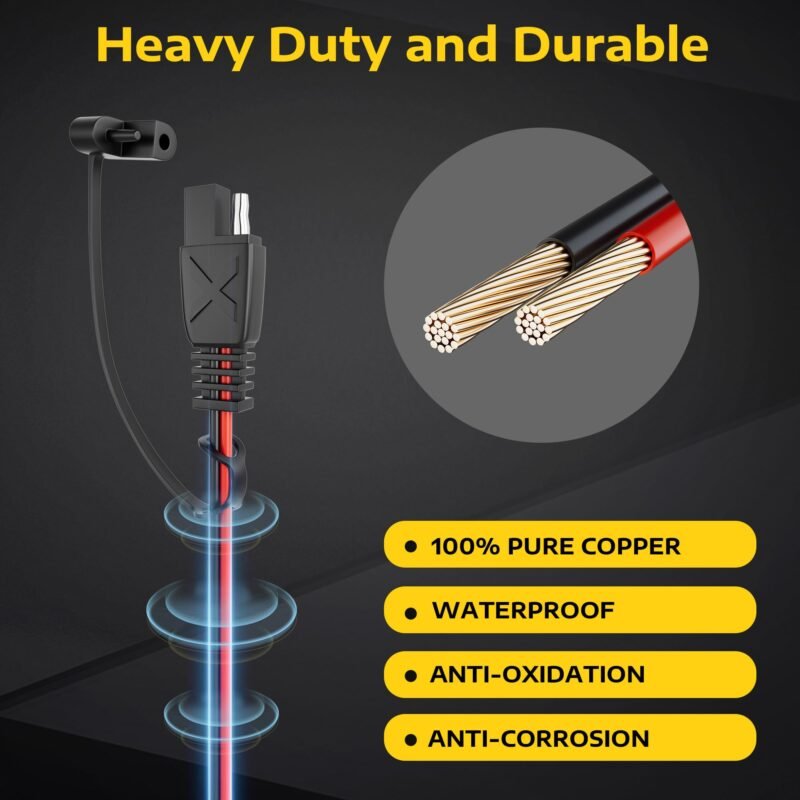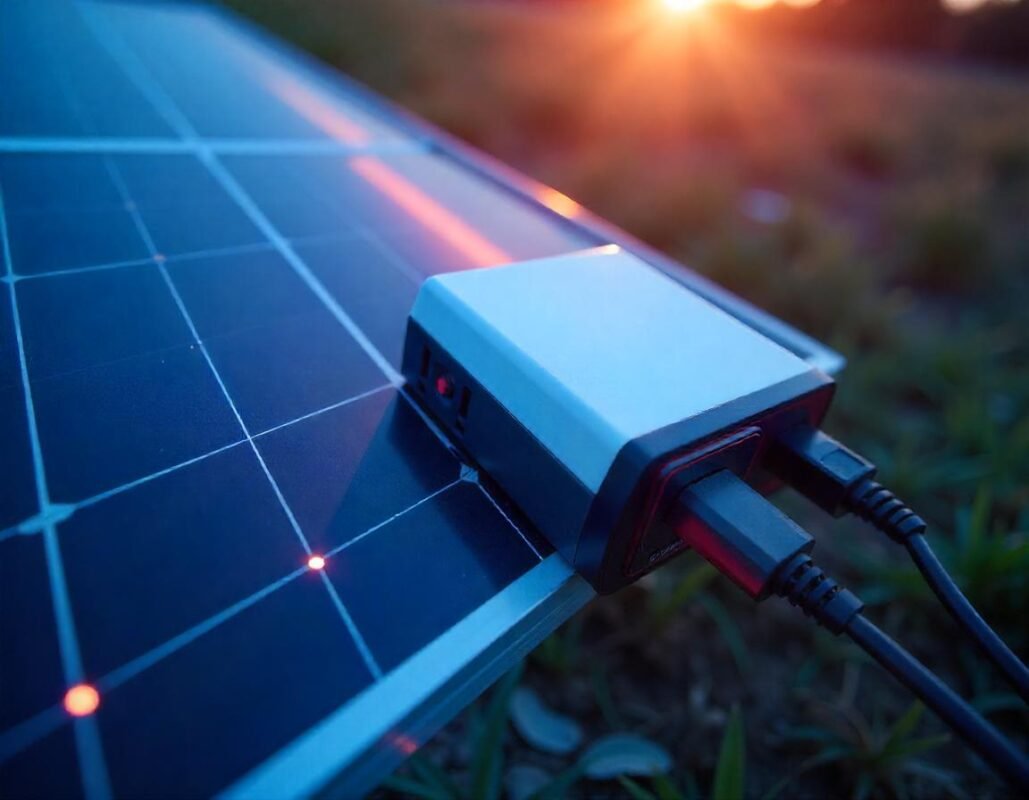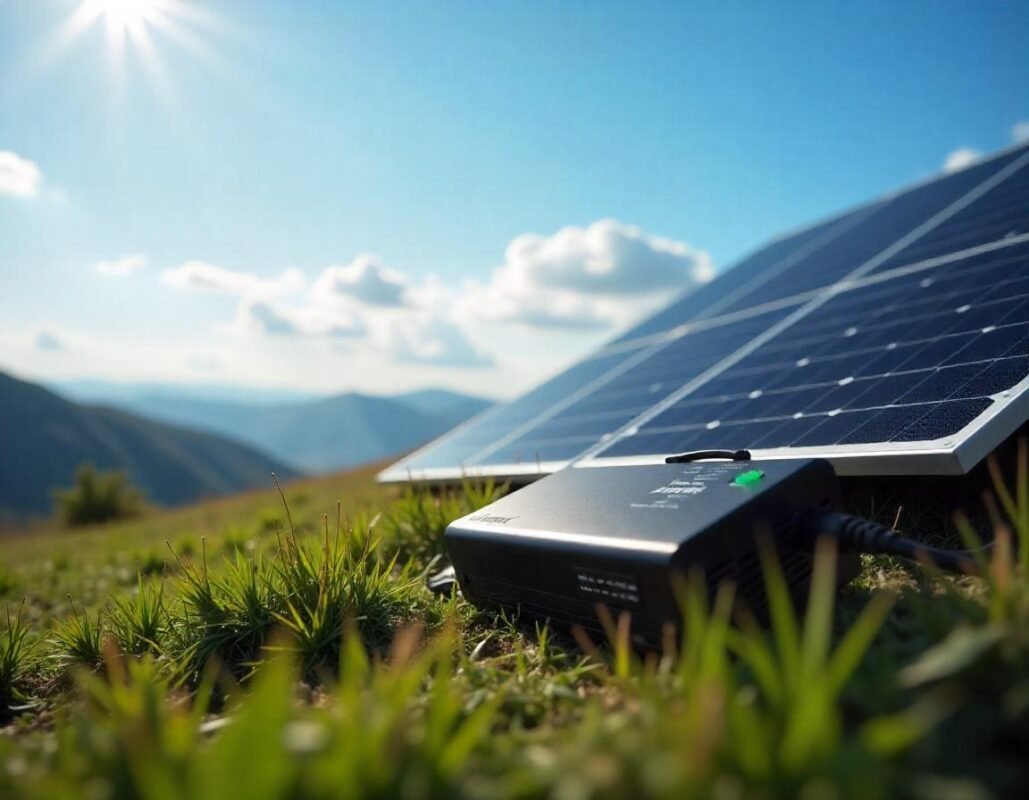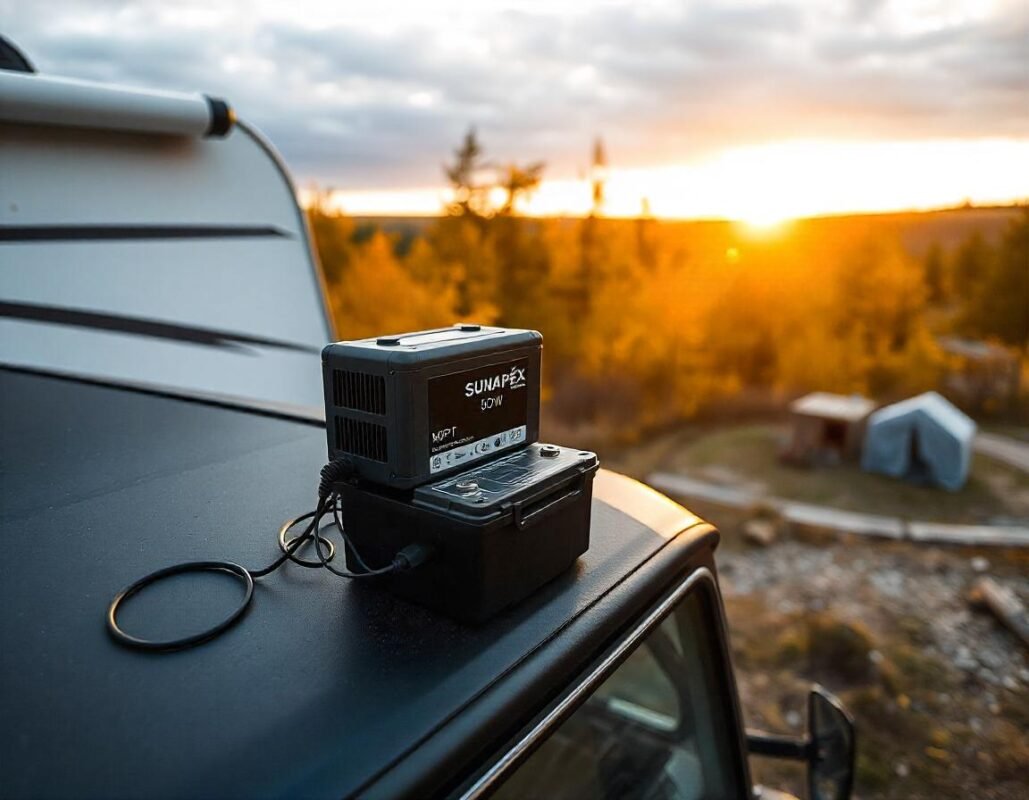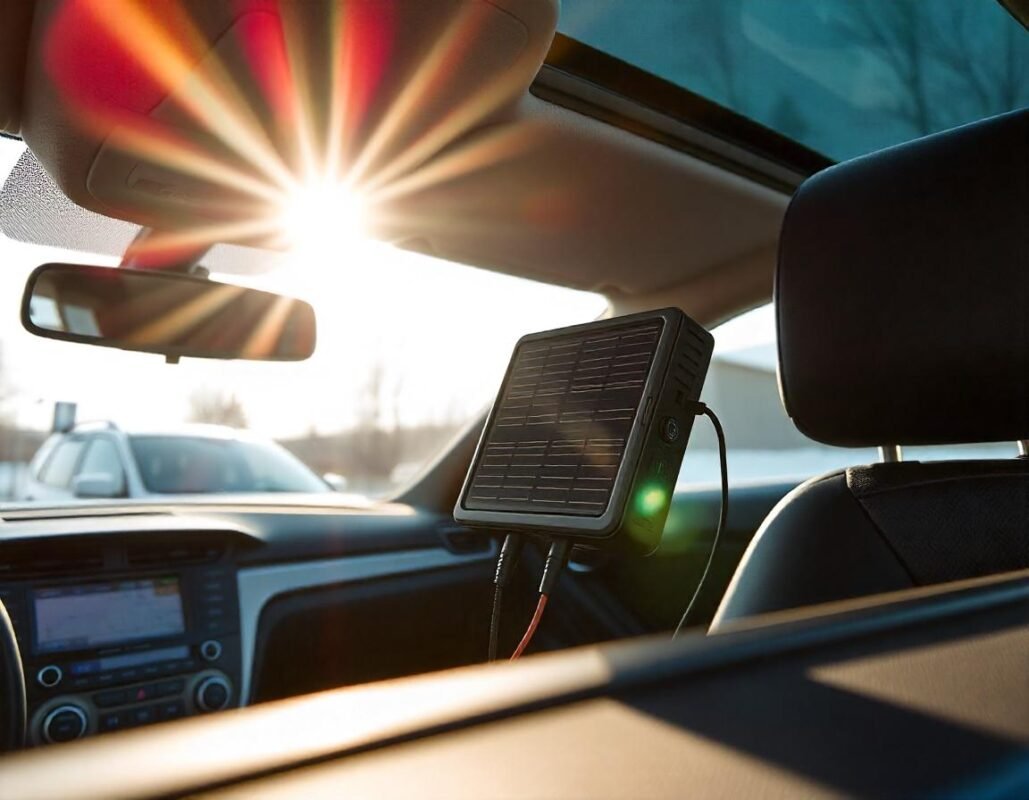Solar Panel
The Ultimate Guide to Installing the Sunapex 50W MPPT Solar Battery Charger
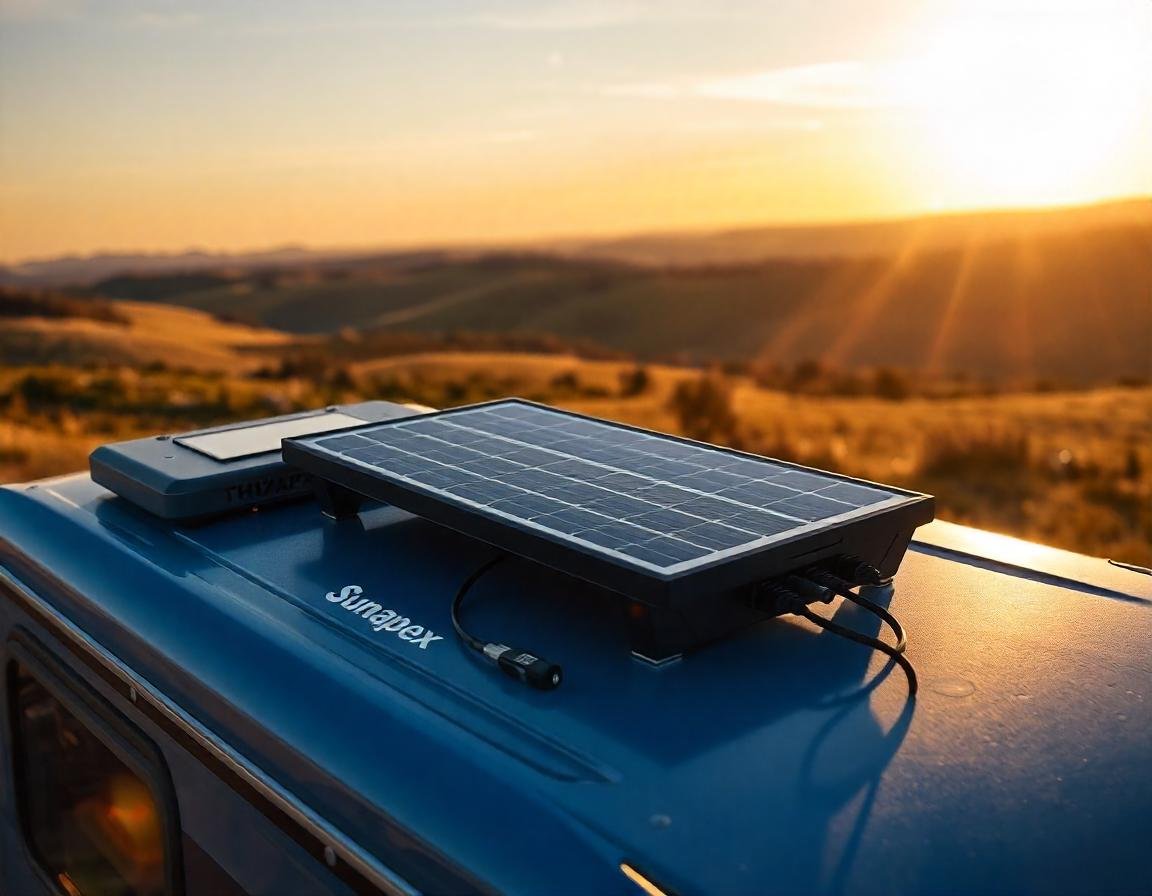
Introduction: With Sunapex, it is Embracing Renewable Energy.
Yet, solar energy remains a strong contender for sustainable, reliable and cost effective means of powering multiple devices. The Sunapex 50W MPPT Solar Battery Charger is a standout product in this space, designed for optimal performance in off-grid and outdoor environments. If you’re charging RV, boat, tractor battery or any other battery, this guide is there to guide you through the solar panel installation process and make the most out of your solar panel system whether you are charging RV, boat battery or tractor battery.
Why Choose the Sunapex 50W MPPT Solar Battery Charger?
The Sunapex solar charger offers several key advantages that make it an excellent choice for renewable energy solutions:
- Efficient MPPT Technology: Maximum Power Point Tracking (MPPT) built in controller optimizes power from sunlight to achieve highest energy conversion rate.
- Portability and Durability: Its great lightweight and robust design ensures that it is suitable for all outdoor conditions ranging from camping to marine use.
- Compatibility: For use with any 12V battery system use: lead acid, AGM gel batteries.
- Safety Features: Overcharging, short circuit, and reverse polarity built in protections.
Also, Sunapex differentiates by focussing on innovation and user friendliness. Beyond energy conversion enhancement, the MPPT approach provides a stable operation under changing incident sun irradiance. The solar solutions offered by Sunapex are built on focus on quality and reliability, a reputation that has made it a name trusted in solar solutions.
By choosing the Sunapex 50W MPPT Solar Battery Charger, you’re investing in a reliable and efficient way to harness solar energy.

Pre-Installation Preparation
Assess the Site:
- Find a place that has direct sunlight all day long.
- Steer clear of shaded areas created because of a tree, building or other obstruction.
- Make sure the mounting plate has a stable place to lie.
Gather Tools and Materials:
- Adjustable wrench
- Screwdriver set
- Insulated gloves and goggles
- Test Connectors via Multimeter
Safety Precautions:
- Before even installing, ensure you wear protective gear to prevent accidents.
- Check all components are dry and cleaned.
- Before connecting components be sure polarity is checked so the components are not damaged.
Process To Install Step by Step
Unboxing and Inspection:
- Verify all components in the kit: 50W solar panels, MPPT charge controller, brackets, cables, and connectors.
- Find out if any item has been damaged or has a defect.
- Mounting the Solar Panel:
- Mounting brackets to assemble, attached to the solar panel.
- With bolts or screws, secure the panel to the surface where you wish it to be.
- The panel angle should be adjusted to best expose the panel to sun (usually 30° to 45°, depending on where you live).
- Connecting the MPPT Charge Controller:
- Input terminals of the charge controller should be located.
- Make positive (+) and negative (-) connections of the wires of the solar panel to the corresponding input terminal.
- You can then confirm the correct connections and measurements of voltage.
Integrating the Battery System:
- It’s time to connect the output terminals of the charge controller to your 12V battery system.
- Make sure to have tight secure connections to prevent the waste of energy.
- If using multiple batteries, set them up in parallel so you have a 12V system.
Testing the System:
- MPPT charge controller is turned on and the display for charging indicators is shown.
- Check the voltage of the battery, to make sure the system is working properly.
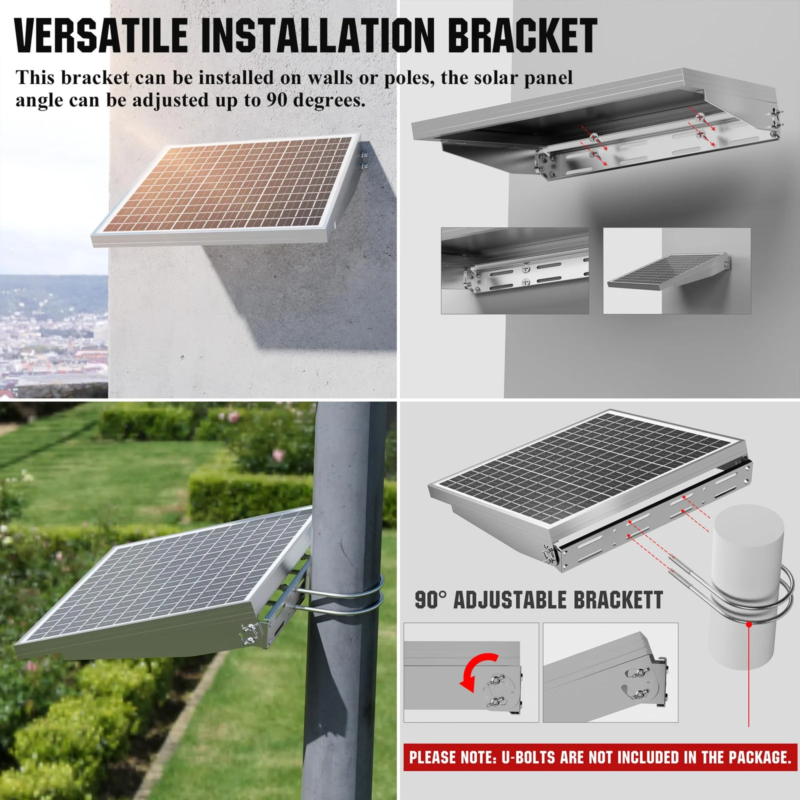
Solar Panel Performance Optimization
Sunlight Tracking:
- You would be taking in the light whenever the panel is exposed to the sunlight, so make sure to regularly monitor sunlight patterns and at different times of the day adjust the panel’s angle to maximize the sunlight exposure.
- With a solar tracker or app on your smartphone find the best positioning.
Expanding the System:
- Provide greater Sunapex panels to handle higher energy demand.
- When you need higher total current, use parallel connection lines so that voltage remains consistent.
Energy Storage Improvements:
- Lithium-ion batteries should be replaced for better efficiency and longer lifespans.
- Increase the size of the battery bank so you can store more energy during daytime, or cloudy days.
Troubleshooting Common Issues
No Power Output:
- Solution: Check all your connections and make sure the solar panel gets enough sun.
- Look for loose wires or corroded wires and fix them as and where you find them.
Overheating Components:
- Solution: Make sure the charge controller won’t be overloaded and properly ventilated.
- Or add additional panels to reduce the load or generate some additional energy generation.
Battery Not Charging:
- Solution: Check the battery voltage to the proper range.
- Check that MPPT controller settings match the type of battery.
Practical updates for the maintenance of longevity.
Panel Cleaning:
- Clean dirt and debris off of the solar panel with a damp, non abrasive cloth.
- So maintain optimal energy absorption by keeping it clean regularly.
Inspect Connections:
- You should check that the wires are loose, frayed, or corroded once in a while.
- Connections may need to be tightened, and may need to be replaced.
Monitor Performance:
- Monitor energy output and battery status using the MPPT charge controller’s own display.
- Keep performance data logs and be able to identify contributing information to trends, issues, etc.
Weather Protection:
- Protective covers are recommended when the panel is used during extreme weather.
- Make sure the system is mounted securely so it won’t blow away from strong winds or through heavy rain.
Real-World Applications of the Sunapex 50W MPPT Solar Battery Charger
Camping Adventures:
- Camping trips with power portable fridges, lights and electronic devices.
- It is also lightweight to move around and set up.
Marine Use:
- While anchored or cruising, keep boat batteries charged.
- Used in marine environments, it uses corrosion resistant materials.
Emergency Backup Power:
- During power outages, the charger can be also used as a backup energy source.
- Help keep no fewer than communication systems and medical equipment running.
Sustainable Living:
- Or use the Sunapex solar solutions in small scale renewable systems for homes or cabins.
- It reduces dependence on the traditional energy sources and also lowers carbon footprints.
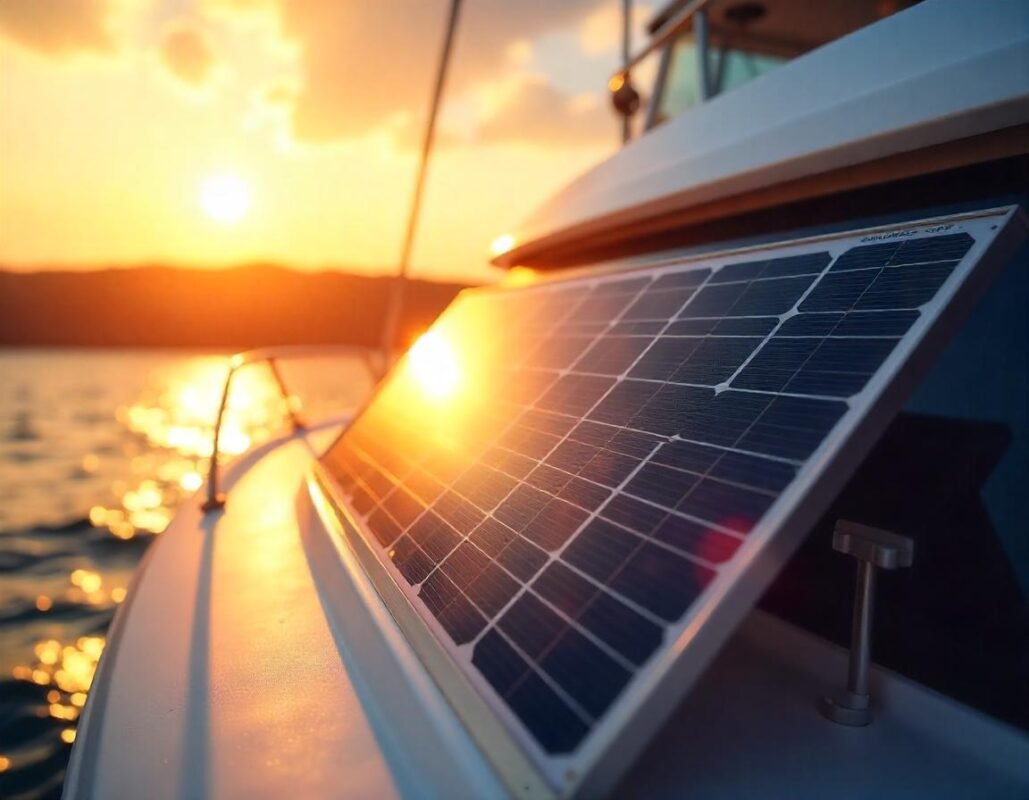
Conclusion: Make the most of Solar Energy with Sunapex
Installing the Sunapex 50W MPPT Solar Battery Charger is a straightforward process that empowers you to embrace renewable energy. Sunapex provides innovative, high quality, solar solutions, so you have the tools to use energy in sustainable ways. Whether you’re putting power into an RV, lighting up outdoor adventures, or prepping for the worst, this solar charger delivers efficiency and durability. In this guide, we show you how to set up your system, develop the best mode of construction, and benefit from clean, sustainable energy.


